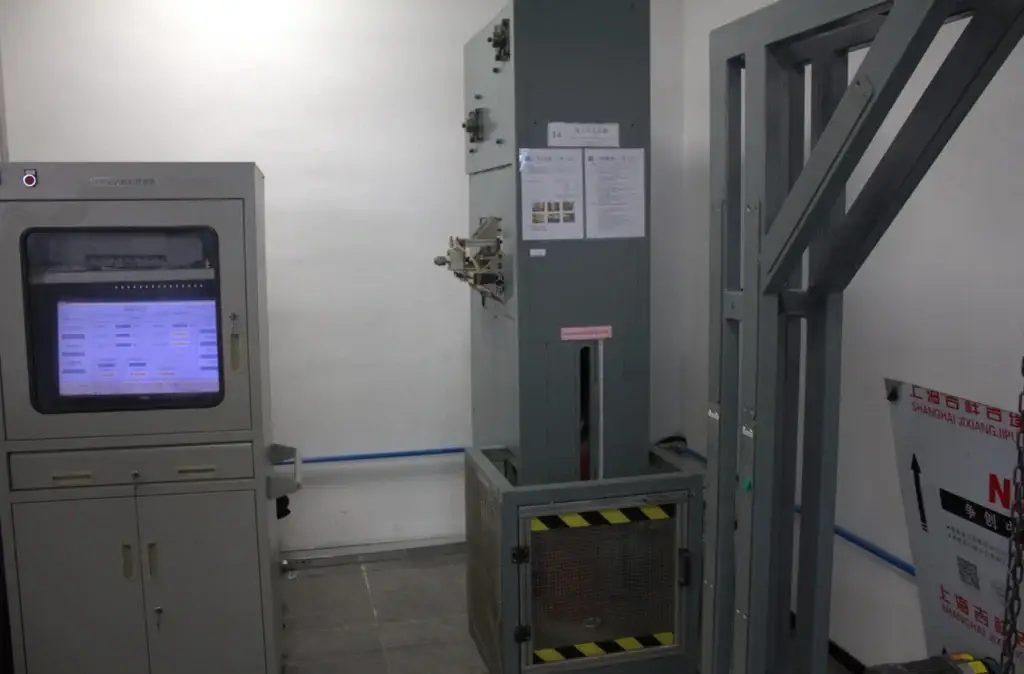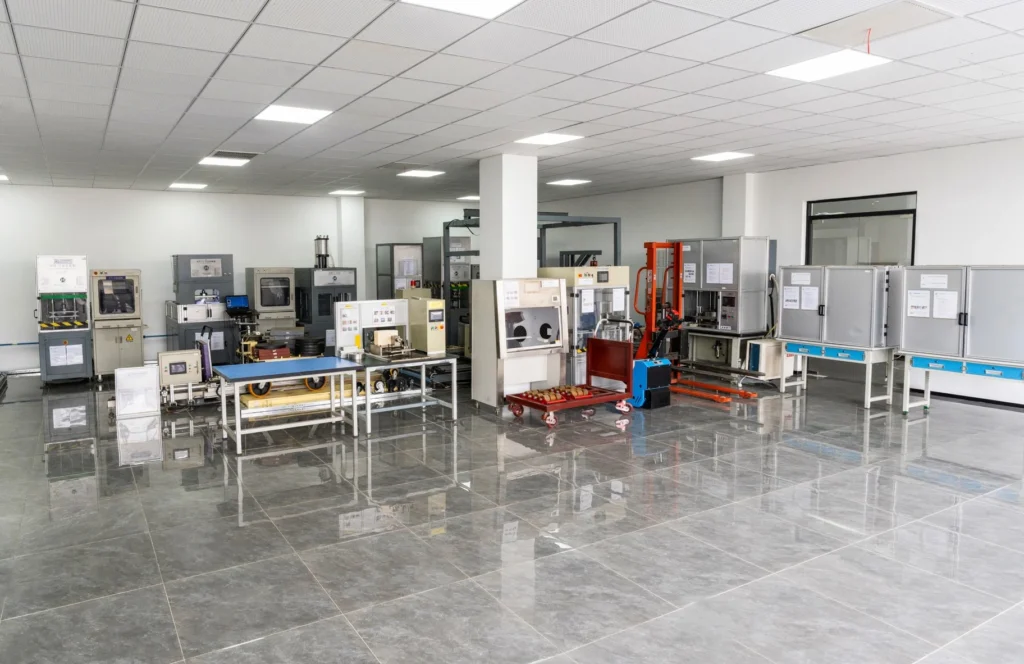TwistLock Dynamics Blog
How to Use Container Casters with a Twistlock: A Comprehensive Guide
Understanding the Components
Container Casters
Container casters are built tough to easily move massive shipping boxes. These wheels can bear heavy loads and lock to prevent movement. Their strong design ensures smooth transport of heavy cargo containers.
Twistlock
Twistlocks securely connect shipping containers for sea, road, and rail transport. They link male and female parts with a simple twist. This creates a strong bond. Their design keeps cargo stable worldwide.
See how it works!
Load Capacity for Container Casters with Twistlocks
Safety First
Loading containers makes sure the weight can be supported. Safe operation of this machinery is only valid with knowledge concerning the combined load capacity between container casters and twist locks.
- Caster Capacity: Weight allowance under each caster; usually a rating provided by the manufacturer and is often marked on the caster.
- Twistlock Capacity: Twistlocks are mainly used to lock containers in place. However, since they also assist in supporting the load, the manufacturer’s weight rating for the twistlock should always be regarded.
Important Definitions
Static load capacity: refers to the maximum weight a caster can support without moving. It’s essentially the caster’s ability to hold a stationary object. This capacity is determined by the caster’s design, materials used, and the quality of its bearings.
For example, a set of Twistlock Dynamic Pro ISO shipping container casters has a static load capacity of 18,000 kg. This is calculated by multiplying the static load capacity of each caster (4,500 kg) times the number of casters used (4).
Dynamic load capacity: is the maximum weight a caster can support while in motion. It takes into account factors like the caster’s speed, the surface it’s rolling on, and the frequency of movement. A caster with a high dynamic load capacity can handle heavy loads without experiencing premature wear or failure.
When calculating the dynamic load capacity, it is important to include a safety factor. This is because the surface on which the casters are rolling may not be perfectly even. This can cause one or more casters to lose contact with the ground, placing additional load on the remaining casters.
For example, a set of Twistlock Dynamic Pro ISO shipping container casters has a dynamic load capacity of 13,500 kg. This is calculated by dividing the total static load capacity (18,000 kg) by the number of casters (4) and then multiplying by the number of casters that may be in contact with the ground (3).
Key factors influencing load capacity:
- Caster design: The type of wheel (e.g., rubber, polyurethane, metal), the bearing type (e.g., ball, roller), and the overall construction of the caster all influence its load capacity.
- Material quality: The quality of the materials used in the caster, especially the wheel and bearing materials, directly affects its strength and durability.
- Wheel diameter: Larger wheels generally have higher load capacities, as they distribute the weight more evenly.
- Swivel design: The design of the swivel joint can impact the caster’s ability to handle heavy loads without tilting or twisting.
Importance of knowing load capacity:
Understanding the static and dynamic load capacities of casters is crucial for selecting the right casters for specific applications. If a caster is overloaded, it may experience premature wear, damage, or failure, leading to safety hazards or costly downtime.
Reminder
Always check the manufacturer’s specifications on the castors and the twistlocks. If in doubt then equip with those having their collective capacity in excess of the container weight.
Steps for Using Container Casters with a Twistlock
Step 1: Position the Casters
Position the casters under the four corners of the shipping container, ensuring they are widely apart and actually attached to the bottom frame of the container.
Step 2: Engage the Caster Locks
First things first, engage the locking mechanism on the casters to avoid unnecessary movement of the container.
Step 3: Position the Twistlock
Align it with the corresponding point of attachment on the vessel, truck, or railcar. Also, ensure the correct position of the twistlock towards the container.
Step 4: Engage the Twistlock
Twist the male and female sections of the twistlock together until they lock securely. That will be a little hard and requires some needed force.
Step 5: Release the Caster Locks
Once the container is secured with the twist lock, the caster locks can now be unlocked for easy movement of the container.
Safety Considerations
Proper Training
Ensure that all personnel involved are adequately trained in the safe use of casters and twistlocks.
Weight Capacity
Double-check that the casters and twistlocks can safely handle the container’s weight before operation.
Regular Inspection
Regularly check casters and twistlocks for wear, damage, or rust. Replace parts at the first sign of trouble. This prevents bigger issues later.
Safe Handling
Containers are to be handled with proper appliances and good methods to ensure safety in handling, thus averting accidents and, most importantly, injury.


200+
Satisfied Customers
25+
Years of Experience
5+
Countries Covered
About Founders
We Are Leading Manufacturer of Heavy-duty Caster Wheels
Steven Marks
CEO
Lara Smith
CTO
John Doe
COO
Our Big Clients!
Alice Howard
Lorem ipsum dolor sit amet, consectetur adipiscing elit. Ut elit tellus, luctus nec ullamcorper mattis, pulvinar dapibus leo.
Our Clients


What distinguishes us?
Is our dedication to your success. Supported by an international team committed to customer service across the US, Canada, Europe and China, we’re always here to assist you. Our expertise even extends to custom polyurethane formulations, meticulously crafted for optimal performance in industrial wheel applications.
Let’s delve into how Twistlock Dynamics can drive your mission to deliver groundbreaking solutions to enhance your container transportation experience and streamline the movement of machinery constructed on shipping container frames.
Key benefits of Twistlock Dynamics solutions include:
- Enhanced Durability
- Optimized Maneuverability
- Secure Locking Mechanism
- Versatile Compatibility
- Effortless Installation
